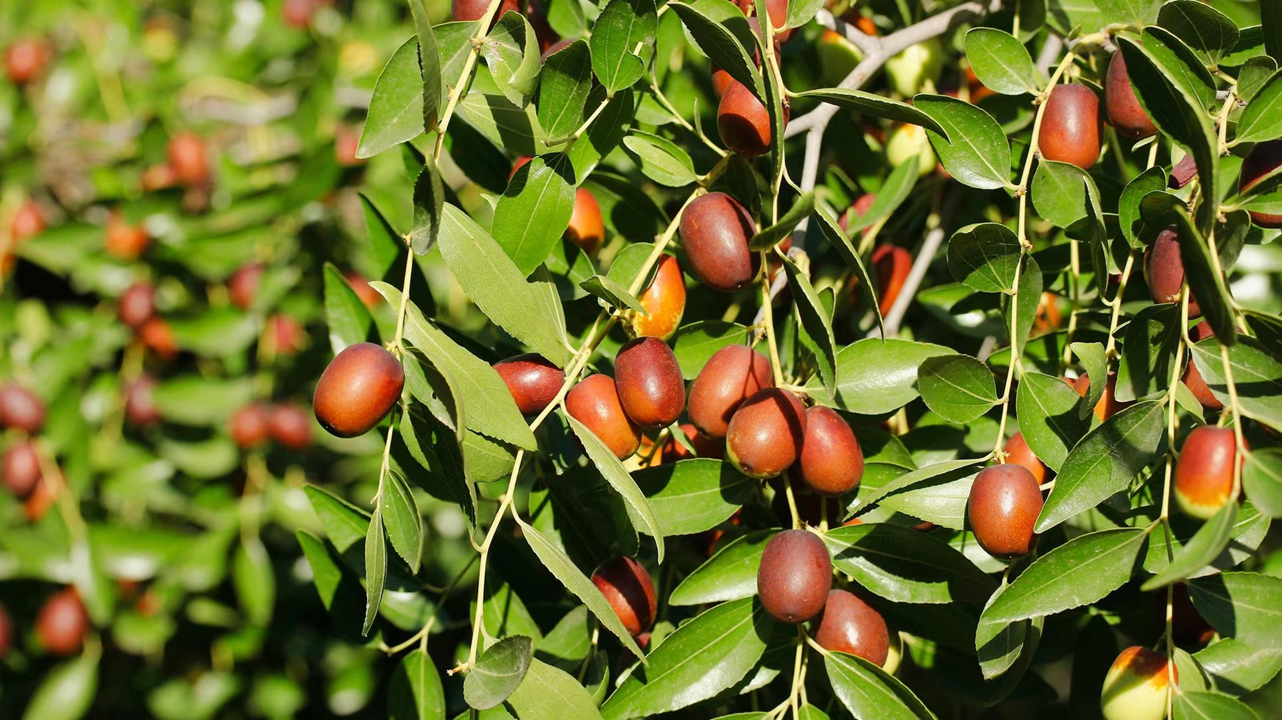What Are Žižole? A Forgotten Delight Rediscovered
In the rich tapestry of European gastronomy, some dishes remain quietly powerful — treasured by locals, yet relatively unknown to the outside world. One such culinary gem is Žižole.
To many Slovenians, Žižole evoke memories of childhood, family, and celebration. But for those unfamiliar, it’s time to ask:
What exactly are Žižole?
Žižole (pronounced zhee-zho-leh) are small, sweet treats typically made from dried jujube fruits (also known as Chinese dates), which were traditionally preserved and served as a snack or dessert. Over time, the term has evolved in local dialects to represent not just the fruit, but also the cultural experience surrounding it.
While the preparation may vary from region to region, the heart of Žižole lies in its deep connection to Slovenian heritage.
The Origins of Žižole: Where History Meets Nature
The roots of Žižole trace back centuries, when jujube trees (Ziziphus jujuba) were brought to Europe through Silk Road trade routes. These hardy, drought-resistant trees found a suitable home in parts of southern and central Europe, including Slovenia.
In rural Slovenian villages, especially in the Primorska (Littoral) region, jujube trees began to flourish in sun-soaked gardens and hillsides. Families would harvest the fruits in late summer or early autumn, drying them for storage or preserving them in syrups or local spirits.
Žižole became more than just a treat — they became symbols of health, hospitality, and seasonal tradition.
Žižole in Slovenian Households: A Tradition Passed Down
In many Slovenian homes, especially among older generations, Žižole are more than nostalgic. They are living heritage.
A Snack With a Story
In the days before processed candy, children would be given Žižole as a natural sweet treat. Their chewy texture and caramel-like flavor made them a favorite among young and old alike.
Grandparents often shared Žižole with stories of wartime simplicity, post-harvest celebrations, and the importance of using what the land provides. This made the fruit a symbol of resilience and self-reliance.
Festive Food
Žižole also made appearances during local festivals, particularly those celebrating harvests or religious holidays. Bowls of dried jujubes were often placed on tables alongside walnuts, figs, and other preserved fruits — a homemade, heartfelt offering to guests.
Žižole’s Cultural Significance Beyond Food
Žižole are a perfect example of how culinary elements reflect broader cultural values. In Slovenia, food is not merely sustenance; it’s identity, tradition, and connection.
Symbol of Simplicity and Seasonality
The story of Žižole reflects a lifestyle rooted in simplicity, sustainability, and seasonality. Long before these became trendy terms in modern gastronomy, Slovenian households were already practicing them — growing, preserving, and sharing locally sourced ingredients.
A Gesture of Welcome
Offering Žižole to visitors was once seen as a gesture of goodwill. Much like a warm loaf of bread or a shot of homemade schnapps, a handful of Žižole signaled “you are welcome here.”
How Žižole Are Prepared and Enjoyed Today
While traditional Žižole were mostly dried fruits served on their own, modern interpretations have expanded their use in culinary creativity.
Traditional Preparation
- Harvest: Jujube fruits are picked when fully ripe — usually in early autumn.
- Drying: They’re sun-dried or oven-dried to concentrate flavor and texture.
- Storage: Kept in cool, dry conditions, often in glass jars or linen bags.
- Serving: Eaten as-is, or rehydrated and used in cooking or baking.
Contemporary Uses of Žižole
Today, Slovenian chefs and home cooks are reviving Žižole with a modern twist:
- Infused in syrups or honey for use in desserts
- Chopped into nut cakes or strudels
- Paired with cheeses on gourmet platters
- Used as a natural sweetener in herbal teas
- Fermented into liqueurs or infused into craft spirits
Their mild sweetness and nuanced flavor make them surprisingly versatile — and their cultural story only adds to the appeal.
Regional Variations of Žižole in Slovenia
Not all Žižole are the same. Regional differences influence taste, texture, and even terminology.
Primorska Region
This coastal area is known for some of the oldest jujube trees in Slovenia. The Žižole here are often sun-dried and have a stronger flavor due to the Mediterranean climate.
Goriška Brda
A region famous for wine and fruit, Goriška Brda residents incorporate Žižole into local jams, preserves, and syrups. Here, they’re considered a delicacy during harvest celebrations.
Inland Slovenia
In areas where the climate is colder, dried Žižole are sometimes imported or grown in controlled environments. Still, the tradition is kept alive, particularly among families with roots in the south or west.
Why the World Should Know About Žižole
In an era when food is often stripped of its roots and rebranded for convenience, Žižole offers a powerful counter-narrative.
A Lesson in Culinary Sustainability
Žižole represent a zero-waste, farm-to-table approach that modern food systems are only beginning to re-embrace.
An Heirloom Ingredient
Just like heirloom tomatoes or ancient grains, jujube fruit and the Žižole tradition deserve a spot in global gastronomy. They’re nutrient-rich, naturally preserved, and full of cultural depth.
A Reason to Visit Slovenia
For culinary tourists and cultural explorers, learning about Žižole can be a gateway into Slovenia’s broader food culture — a blend of Alpine, Mediterranean, and Balkan influences.
Conclusion
To taste Žižole is to taste history — a sweet, chewy reminder of a time when food was intimately tied to land, family, and culture.
In today’s fast-paced world, this humble dish invites us to slow down, appreciate traditions, and celebrate the forgotten treasures of our past.
So whether you’re planning a trip to Slovenia, exploring new recipes, or simply expanding your culinary curiosity — let Žižole be your next delicious discovery.




